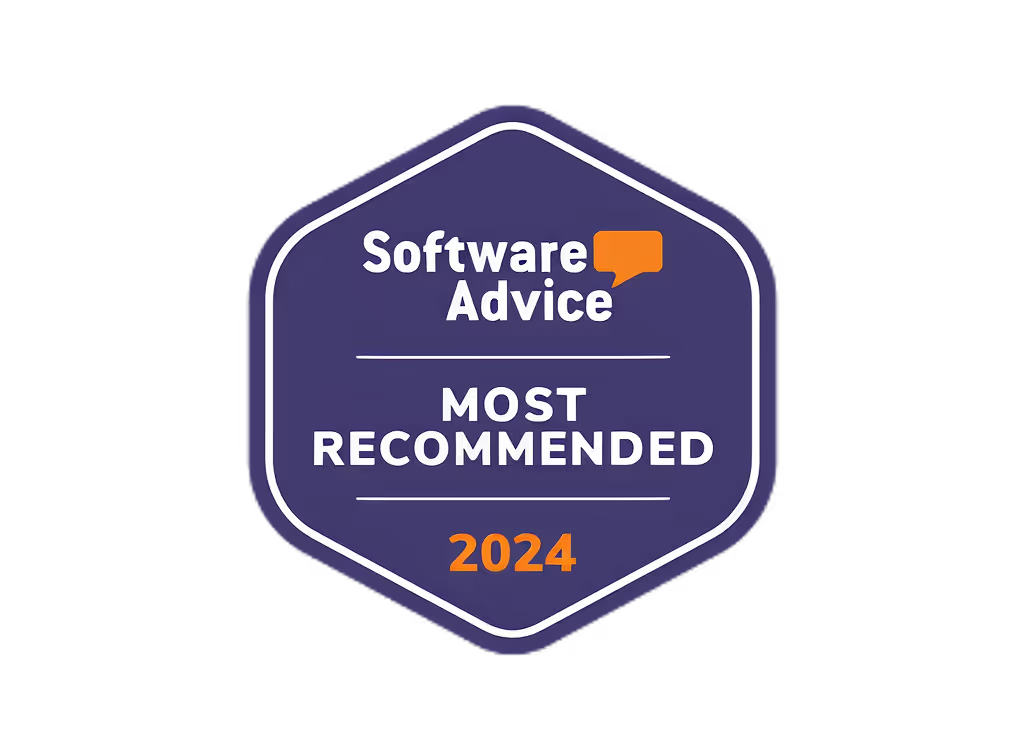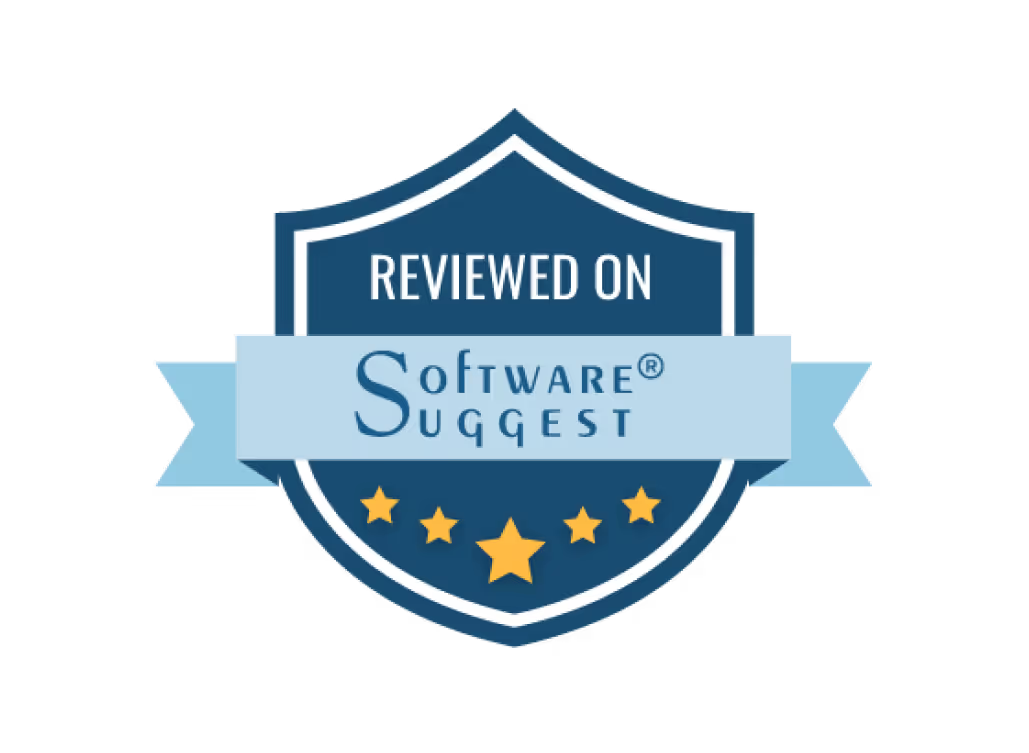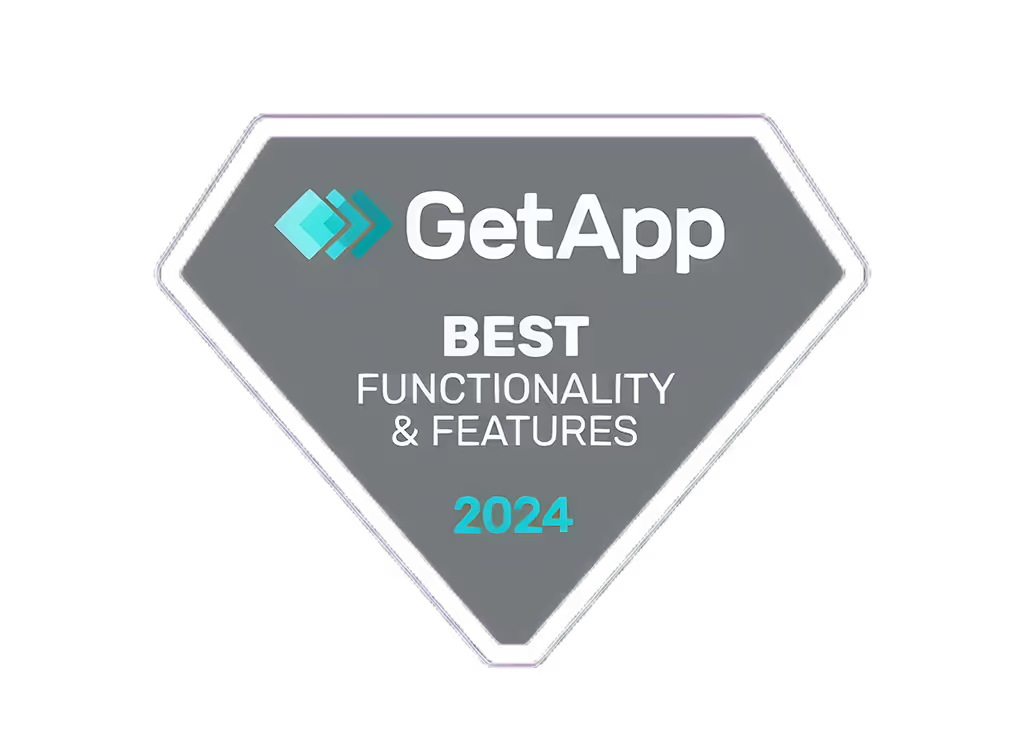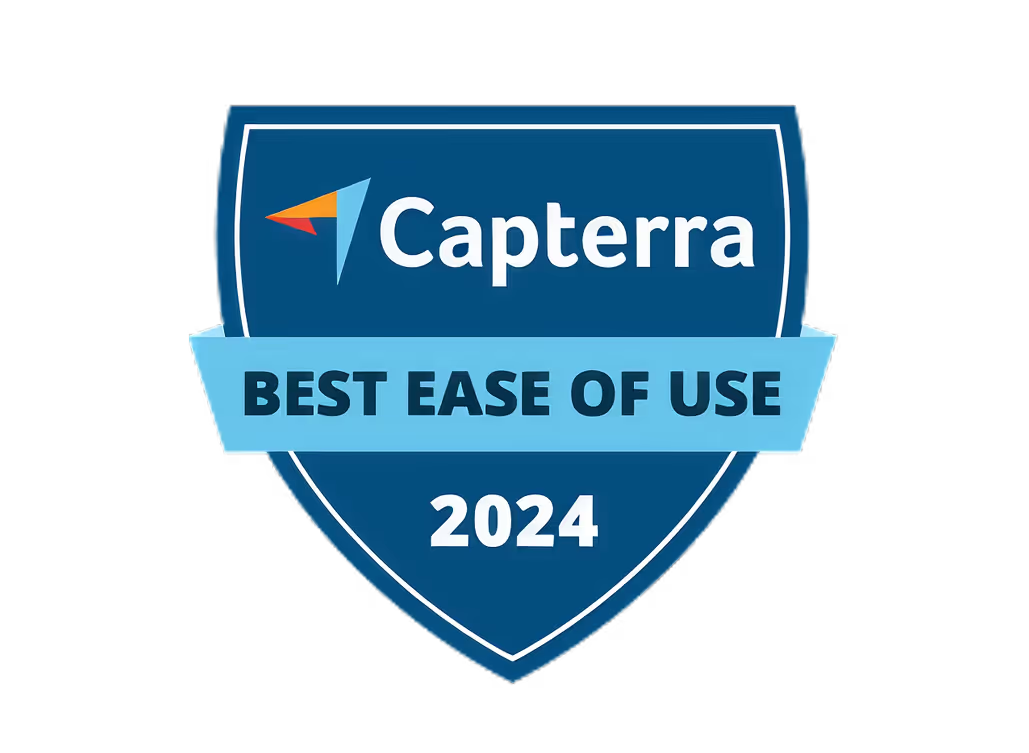Tableau de bord des publicités LinkedIn pour les utilisateurs non techniques

If you're diving into LinkedIn Ads, here's a quick guide to get you started with the LinkedIn Ads dashboard, tailored for non-technical users. This dashboard simplifies ad management, enabling you to:
- Quickly launch ads targeting businesses and professionals on LinkedIn
- Monitor key metrics like views, clicks, actions taken, and return on investment
- Adjust targeting and budget based on performance
- Generate and share reports easily, without needing design or coding skills
The dashboard is designed to be user-friendly, offering a straightforward view of your ad performance, customizable tracking of metrics that matter to you, and tips for optimization. Whether you're setting up your account or looking to improve your campaigns, this guide walks you through each step, ensuring a smooth and effective advertising experience on LinkedIn.
Key aspects include:
- Understanding the dashboard's capabilities and benefits
- Setting up your LinkedIn Ads account
- Navigating through reporting tools
- Optimizing campaigns based on real-time data
No technical expertise required; just a focused approach to managing and enhancing your LinkedIn ad campaigns.
Key Capabilities
This dashboard is designed to be user-friendly:
- See everything in one place: Get all your ad info like how many people see and click on your ads, and how much you're spending, without having to dig through different reports.
- Make it your own: You can set up the dashboard to show the stuff you care about most. You can also get reports sent to you automatically, so you're always in the loop.
- Always up-to-date: The dashboard automatically updates with the latest data from your LinkedIn Ads account, so you're not stuck with old info.
- Spot trends: Easily see what's working and what's not by looking at how your ads perform over time.
- Share your findings: You can download and share reports in different formats like CSV or PDF, making it easy to keep everyone on the same page.
Benefits
Here's why the LinkedIn Ads dashboard is a big deal:
- Everything in one spot: Keep track of how all your LinkedIn ads are doing from one dashboard. This saves you from having to switch between different reports.
- Clear view: You get a straightforward look at important numbers like click-through rates, conversions, and return on investment. This helps you see which ads are doing well and which ones aren't.
- Make it suit your needs: The dashboard lets you track what matters to you. You can add or remove metrics, make charts, and set up scheduled reports.
- Keep improving: With clear insights from the dashboard, you can tweak your ads to perform better over time.
The LinkedIn Ads dashboard makes it easier to understand how your ad campaigns are doing, spot chances to get better results, and make decisions based on solid data - and you don't need to be a tech expert to use it.
Setting Up Your LinkedIn Ads Account
Starting with LinkedIn Ads is straightforward and quick. Here's how to do it:
- Head over to ads.linkedin.com and click on Get Started.
- You'll need to pick if you're setting this up for a company page or your own profile.
- Fill in some basic info about yourself or your company. This includes things like:
- Your company name
- Your website
- How to contact you
- Make sure to read and agree to LinkedIn's advertising rules. This step is crucial to make sure you're on the same page with LinkedIn.
- Add a way to pay, like a credit card. You'll only be charged when your ads are actually shown to people.
- Confirm who you are with details like:
- Your phone number
- Your business address
This step helps keep things secure.
Once your account is all set, you can dive into making ads. LinkedIn will guide you through choosing what you want your ads to achieve, who should see them, how much you want to spend, and when your ads should run. You'll also get to create your ads, picking images and writing text that grabs attention.
The LinkedIn Ads dashboard is where you'll see how well your ads are doing. You can check out different metrics here to understand what's working and what's not. This way, you can tweak your ads for better results without needing to be a tech expert.
If you're new to this, don't worry. LinkedIn has lots of help and tips to get you going. Setting up your account is just the beginning of reaching out to the right professionals with your ads.
Navigating the Dashboard
Reporting Dashboard
The Reporting Dashboard in LinkedIn Ads lets you see how your ads are doing in a way that's easy to understand. You can change what you see to fit what you're interested in. Here's how:
Filters
Filters let you look at specific ads, time periods, or types of ads. For instance, you can check out:
- How your ads did last week or last month
- Performance of certain ads or groups of ads
- Different ad types (like text, pictures, or videos)
- How ads did on different devices (like computers, tablets, or phones)
Breakdowns
Breakdowns show you more details by splitting your data. You can see things like:
- Age groups
- Male or female
- Where people live
- What kind of job they have
This helps you see who likes your ads the most.
Charts and Tables
You can add charts and tables to show important info like:
- How many people saw your ads
- How many clicked on them
- How often people clicked
- How much each click cost
- How many people did what you wanted them to do after clicking
Export Reports
You can save your reports as CSV or PDF files to look at later or to show to other people in your team.
Charts and Demographics
The dashboard has pictures and charts that make it easy to see how your ads are doing.
Performance Charts
These charts let you see how things like clicks and costs change over time. This way, you can quickly see what's working and what's not.
Demographics
These charts show you how different groups of people (like different ages or jobs) are reacting to your ads. This helps you figure out who to target more.
Export Reports
You can save different types of reports:
- Campaign reports: These give you a big picture of how your whole ad campaign is doing.
- Creative reports: These show how each ad is doing so you can see which ones people like the most.
- Audience reports: These tell you how different groups of people are responding to your ads, so you can target better.
Saving your reports as CSV or PDF files means you can:
- Share what you've found with your team
- Use other programs like Excel to look at your data more closely
- Keep records to see how things change over time
With the LinkedIn Ads dashboard, even if you're not a tech expert, you can still get a lot out of your ad campaigns by looking at the data and making smart changes.
Understanding Key Metrics and KPIs
Keeping an eye on certain numbers and indicators is key to making your LinkedIn ads work better. Our LinkedIn Ads dashboard makes this easy, even if you're not a tech person.
Here are the main things you should watch:
Impressions
Impressions are about how often your ads show up for people on LinkedIn. Watching this helps you understand if your ad is getting out there.
Clicks
Clicks mean someone saw your ad and was interested enough to click on it. Keeping track of clicks tells you if your ad is catching people's attention.
Click-through Rate (CTR)
CTR is a fancy way of saying what percentage of the time people see your ad and then click on it. A high CTR means your ad is interesting to your audience.
Cost Per Click (CPC)
CPC is how much you pay each time someone clicks your ad. Knowing this helps you manage your budget better.
Conversions
Conversions happen when someone does what you hoped they would after seeing your ad, like buying something. Tracking conversions shows if your ad is really working.
Conversion Rate
Conversion rate tells you out of all the times your ad was shown, how often it led to a conversion. This helps you see how effective your ad is at achieving its goal.
Return on Ad Spend (ROAS)
ROAS is about how much money you make from your ads compared to how much you spent on them. It's a good way to see if your ads are worth the cost.
Our dashboard lets you easily add charts to see how these numbers change over time. You can also look at your data based on different types of people to understand who your ads are hitting the mark with.
By keeping an eye on these metrics and setting up reports to come to you automatically, you can spot and fix problems quickly. This way, you can adjust your targeting, what your ad says, its design, and how much you're willing to pay to get better results.
Our dashboard gives you all the tools you need to make your LinkedIn ads better without needing to know all the tech stuff. It's designed to make using data to improve your business straightforward.
Creating Your First Ad Campaign
Starting your first ad on LinkedIn is pretty straightforward. Here's a simple guide to help you get started:
1. Choose Your Objective
First off, decide what you want your ad to do. You might want to:
- Drive more people to your website
- Collect contact info from interested folks
- Spread the word about your business page
- Find new employees
Pick the goal that matches what you're trying to achieve.
2. Define Your Target Audience
Now, tell LinkedIn who should see your ads. You can choose based on:
- Job titles or industries
- The companies they work for
- Their interests or groups they're in
- Where they live
- Their age or gender
This makes sure your ads show up for people who are likely to be interested.
3. Set Your Budget and Bid
Decide how much you want to spend and the most you're willing to pay for a click.
A good tip is to start with a small budget to test the waters, then increase it if things go well.
4. Choose Ad Format
Pick the type of ad you want to use. You can choose from simple text ads to more eye-catching options like images, videos, or carousels.
5. Create Ad Content
Write a catchy headline and a clear description. Choose a good image or make a new one. Here are some tips:
- Talk about how you can solve problems, not just what you offer
- Keep it simple
- Focus on the benefits
- Use visuals that stand out
- Make sure important info is easy to spot
Our dashboard can even help create images and text for you.
6. Set Up Tracking
Use tools like Google Analytics to see what people do after they click on your ad. This helps you understand how well your ad is working.
7. Launch and Monitor Your Campaign
Start your ad and keep an eye on how it's doing. Look at things like how many people see your ad, how many click on it, and what actions they take afterward.
Change your targeting, how much you're willing to pay, or your ad itself to get better results. Our dashboard makes it easy to keep improving your ad.
Just follow these steps, and you'll be able to make and run your own LinkedIn ads without needing to be an expert. Start small, watch how your ads are doing, tweak as needed, and then do more of what works. We're here to help if you need it!
sbb-itb-606b7a1
Optimizing Campaigns
Making your LinkedIn ads better is key to getting more out of what you spend and hitting your business goals. The LinkedIn Ads dashboard has everything you need to check out how your ads are doing, find problems, and make smart changes to get better results, all without needing to be a tech genius.
Here are simple ways to make your LinkedIn ad campaigns work harder for you:
Analyze Performance Trends
Look at your numbers over time to spot patterns. Important things to keep an eye on include:
- How often your ads are shown and to how many people
- How many clicks and the percentage of clicks to views (CTR)
- How much each click costs (CPC)
- How many people do what you want them to do after clicking (conversions) and the rate of conversion
- How much money you make compared to what you spend (ROAS)
Use charts to make it easier to see these trends. See if your numbers are going up, down, staying the same, or jumping around.
Look at different parts like where people live, who they are, what devices they use, and what kind of ads they see.
Seeing these trends helps you understand what's working and what needs a change.
Identify Optimization Opportunities
Once you know how your ads are doing, you can see where you need to make them better, such as:
- If not many people are seeing your ads
- Try reaching more types of people
- Spend more or offer more for clicks
- If not many people are clicking your ads
- Try new pictures or words
- Make your message clearer
- If clicks are getting expensive
- Be more specific about who sees your ad
- Lower your offer
- If not many people are doing what you want after clicking
- Think about your offer again
- Make the next steps easier
- If you're spending more than you're making
- Cut back on ads that aren't working
- Put more into ads that are making money
Make changes based on what the numbers tell you to get the most out of your ads.
Make Adjustments to Underperforming Campaigns
For ads that aren't doing well, use the dashboard to:
- Find out what's not working
- Think of ways to fix it
- Try small changes first
- Check if it's getting better
- Use what works on a bigger scale
- Keep making it better
Les modifications les plus courantes sont les suivantes :
- Modifier les mots ou les images de votre annonce
- Cibler différentes personnes
- Changer le montant que vous êtes prêt à dépenser
- Essayer différents types de publicités
- Corriger votre site Web ou votre page de destination
Changez une chose à la fois pour voir ce qui fait vraiment la différence.
Doublez la mise sur les plus performants
Consacrez plus d'argent et d'efforts à des publicités, à des audiences et à des images qui fonctionnent vraiment bien.
- Diffusez vos meilleures annonces auprès d'un plus grand nombre de personnes
- Trouvez plus de personnes comme celles qui aiment vos annonces
- Dépensez plus pour des publicités rentables
Investir davantage dans ce qui fonctionne vous permet de gagner encore plus d'argent.
Automatisez et enregistrez les rapports
La mise en place de rapports automatiques vous permet de gagner du temps et de toujours savoir comment fonctionnent vos publicités. Téléchargez des rapports à partager avec votre équipe.
Optimisation continue
Soyez toujours à l'affût des moyens d'améliorer vos publicités. Prévoyez régulièrement du temps pour consulter vos publicités, essayer de nouvelles choses, voir ce qui se passe et recommencer. En restant au fait de l'évolution de vos publicités, vous pouvez tirer le meilleur parti de votre budget et atteindre vos objectifs.
Le tableau de bord LinkedIn Ads vous permet de suivre facilement l'évolution de vos annonces, de détecter les problèmes, de tester des solutions et de placer votre argent là où cela vous convient le mieux. Cela signifie que vous pouvez tirer le meilleur parti des publicités LinkedIn sans avoir à être un expert en technologie.
Questions fréquemment posées
Conformité au RGPD
Le tableau de bord LinkedIn Ads respecte les règles du RGPD, garantissant que vos données sont gérées correctement et en toute sécurité.
Vous avez le contrôle total de vos données. Vous pouvez consulter, télécharger, modifier ou supprimer vos informations à tout moment dans les paramètres de votre compte. LinkedIn utilise également des mesures de sécurité renforcées, telles que le cryptage, pour protéger vos données contre tout accès indésirable. Des contrôles réguliers permettent de s'assurer que tout est conforme au RGPD.
L'utilisation du tableau de bord LinkedIn Ads vous permet de vous concentrer sur la création de publicités de qualité sans vous soucier d'enfreindre les lois sur la confidentialité.
Optimisation des données
Le tableau de bord LinkedIn Ads est mis à jour chaque jour avec de nouvelles données. Cela signifie que vous disposez toujours des dernières informations pour améliorer vos campagnes publicitaires.
Disposer de données à jour vous permet de repérer rapidement les publicités ou les audiences qui ne donnent pas de bons résultats. Grâce à des mises à jour quotidiennes, vous pouvez rapidement ajuster vos campagnes pour suivre ce qui fonctionne.
Le tableau de bord fait le gros du travail en mettant à jour les données pour vous, afin que vous puissiez consacrer plus de temps à utiliser ces informations pour améliorer vos publicités.
Compétences techniques requises
Le tableau de bord LinkedIn Ads est conçu pour être facile à utiliser, même si vous n'êtes pas un expert en technologie. Vous n'avez pas besoin de connaissances en codage ou en analyse de données pour bien l'utiliser.
Il propose des outils tels que des rapports personnalisables et des conseils pour améliorer vos publicités, le tout expliqué de manière facile à comprendre. Il vous guide à chaque étape, simplifiant ainsi la création, la diffusion et l'obtention de meilleurs résultats de vos annonces.
Cela signifie que tous les membres de votre équipe peuvent gérer efficacement vos publicités LinkedIn, sans avoir besoin de l'aide de spécialistes de l'informatique ou des données. Le tableau de bord vous permet de tirer le meilleur parti de vos publicités LinkedIn en toute simplicité.
Conclusion
Le tableau de bord LinkedIn Ads permet à quiconque, même si vous n'êtes pas un expert en technologie, de diffuser facilement vos annonces sur LinkedIn. Voici ce que vous devez savoir :
Interface conviviale
- Il est facile à utiliser. Vous n'avez pas besoin de connaître toutes les technologies pour voir comment fonctionnent vos publicités ou pour trouver des moyens de les améliorer.
Gestion améliorée des campagnes
- Vous pouvez configurer rapidement des publicités, vérifier leurs performances, modifier les personnes qui les voient ou le montant de vos dépenses, et partager facilement des mises à jour avec votre équipe.
Optimisation pilotée par les données
- Le tableau de bord enregistre les informations importantes, telles que le nombre de personnes qui voient vos publicités, cliquent dessus ou prennent des mesures. Cela vous permet de repérer les publicités qui fonctionnent le mieux afin que vous puissiez vous concentrer sur celles-ci.
Rapports personnalisés
- Vous pouvez créer des rapports dans des formats tels que CSV ou PDF pour les partager avec d'autres utilisateurs, ce qui vous permet de rester au courant de l'évolution de vos annonces.
Amélioration continue
- Grâce à des données actualisées chaque jour et à des conseils pour améliorer vos publicités, vous pouvez continuer à améliorer vos résultats au fil du temps.
Conformité et sécurité
- Le tableau de bord suit des règles de confidentialité strictes et protège vos données, vous n'avez donc pas à vous soucier de cette partie.
En bref, le tableau de bord LinkedIn Ads vise à vous permettre de gérer plus facilement vos publicités LinkedIn sans avoir besoin d'être un expert en technologie. Il regroupe tout ce dont vous avez besoin en un seul endroit, vous montre comment fonctionnent vos publicités d'une manière facile à comprendre et vous donne des conseils pour obtenir de meilleurs résultats. Et vous pouvez faire tout cela en vous assurant que vos données sont traitées en toute sécurité.
Questions connexes
Les particuliers peuvent-ils diffuser des publicités sur LinkedIn ?
Oui, n'importe qui peut créer des publicités sur LinkedIn à l'aide d'un outil appelé Campaign Manager. Vous avez juste besoin de votre identifiant LinkedIn et d'une carte de crédit. Vous pouvez lancer des campagnes, définir votre budget et évaluer les performances de vos annonces.
Quelle est l'audience minimale pour les publicités LinkedIn ?
Le plus petit groupe que vous pouvez cibler est de 300 personnes. Mais, pour avoir les meilleures chances de succès, LinkedIn suggère de viser au moins 50 000 membres. Voici les tailles minimales recommandées :
- Contenu sponsorisé : 50 000
- Messages sponsorisés : 50 000
- Publicités dynamiques : 300
Quels sont les 4 types d'annonces LinkedIn ?
Il existe quatre principaux types d'annonces que vous pouvez diffuser sur LinkedIn :
- Contenu sponsorisé - Ce sont des publications accrocheuses qui apparaissent dans le fil LinkedIn
- Messagerie sponsorisée : messages personnels envoyés directement dans la boîte de réception des utilisateurs
- Lead Gen Forms - Un moyen de recueillir les coordonnées des personnes intéressées par ce que vous proposez
- Annonces textuelles : annonces textuelles simples qui apparaissent sur le côté de la page
Pouvez-vous cibler uniquement les publicités sur les ordinateurs de bureau sur LinkedIn ?
Oui, lorsque vous configurez votre annonce dans LinkedIn Campaign Manager, vous pouvez choisir qui voit votre annonce en fonction de l'appareil qu'il utilise. Cela signifie que vous pouvez choisir de diffuser vos annonces uniquement aux personnes utilisant des ordinateurs de bureau si c'est ce que vous préférez.

















